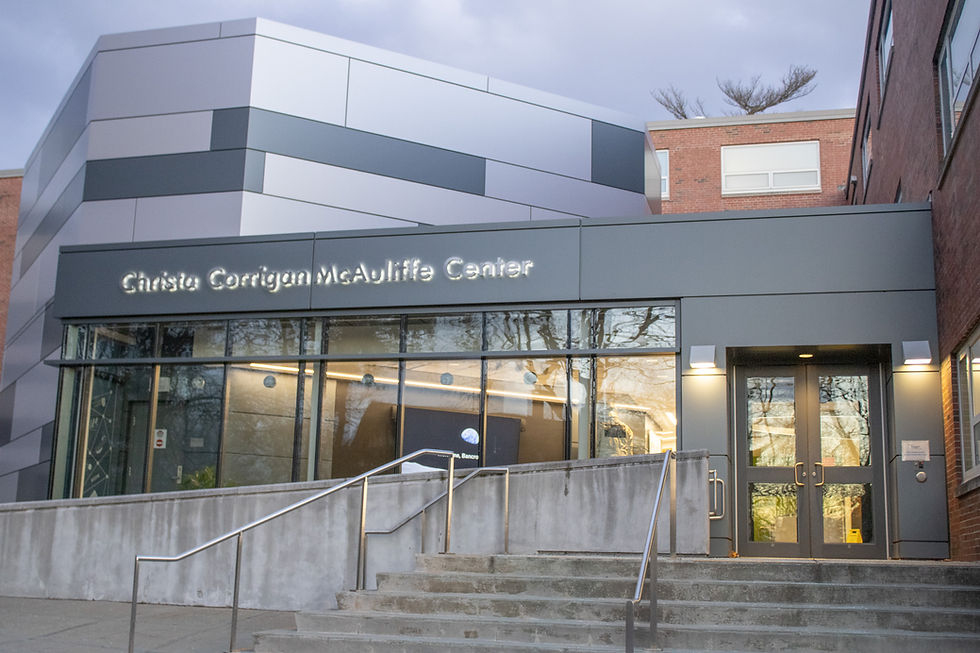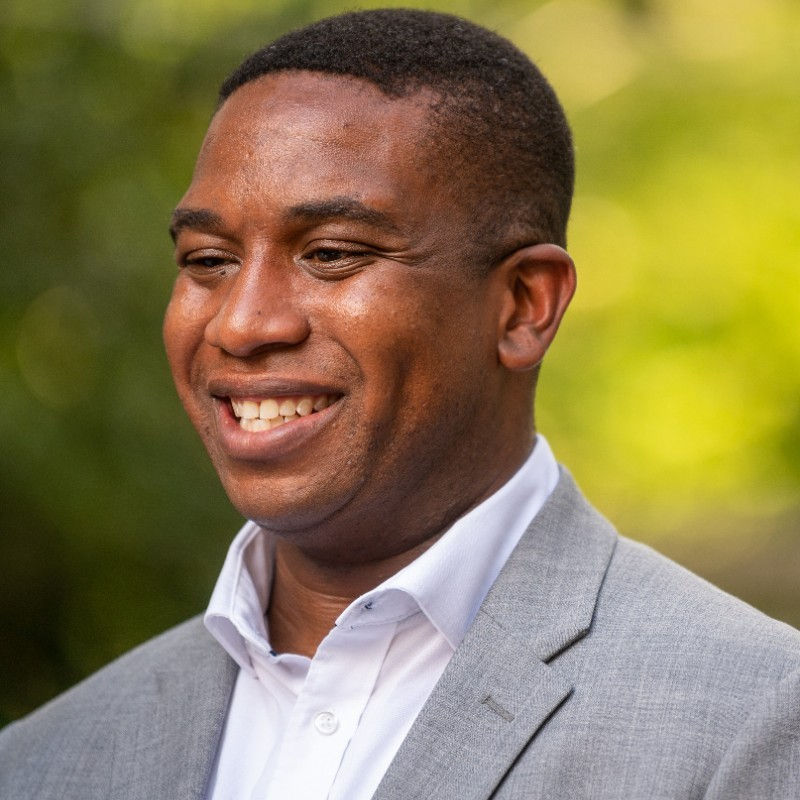FSU introduces Starfish software
- Cesareo Contreras
- Mar 30, 2017
- 7 min read
By Cesareo Contreras
In an effort to address students’ academic success, FSU has contracted Starfish Retention Solutions to bring its software, Starfish, to campus, according to Linda Vaden-Goad, provost and vice president of academic affairs.
The service went live this semester and Cynthia Glickman, director of institutional process and
efficiencies, said the University is paying for the service in quarterly increments of $14,625.
Funding will come from college operations, she said.
In a Feb 10. email to students, President F. Javier Cevallos announced the service and said it will be used to “streamline communications and feedback between faculty, staff and students.”
Lauren Keville, coordinator of student retention and graduation success initiatives, said for now, students can use the service to email and make appointments with professors and advisors, look at past courses they’ve taken and 6nd out information about support services on campus, such as the Center for Academic Success and Achievement (CASA) and the Advising Center.
Currently, professors and advisors can also use the service to interact with students through a number of progress-tracking messages, Keville said.
She added, there are currently four tracking item message categories – Flags, Kudos, Referrals and To Dos.
Flags are used when a professor is concerned with a student’s academic progress. Professors may use flags to inform students if they should meet with a professor privately, if they need further academic support from another office on campus, if they are missing or doing poorly in class.
Professors may use Kudos messages to provide “positive feedback” to students, she said. This includes informing students if they have exceeded course expectations, were active participants in class discussions or if their coursework has shown improvement.
Referrals are used to refer students to speci6c academic support offices on campus, including CASA, the Advising Center, Career Services and Employee Relations Office.
To Dos are used to create a list of items for students’ to-do lists within the service. For example, students who are interested in studying abroad may add a “Study Abroad Interest” into their to-do list. These items may also be added to a student’s “Success Plan,” a feature employed to help students track their future activities on campus, she said.
These items are logged in the FSU Starfish system and can be shared with other academic support offices, such as CASA, she said.
Keville said, however, these items aren’t put in “an open pool where anyone can see anything.”
Kevile said only advisors and upper-level administrators, such as academic deans, have access to a student’s full file.
“If you are taking a class with four professors and professor number one submits something about you, professors two, three and four don’t know and won’t ever know,” she said. “Those relationships are siloed.”
Keville said these messages are used to provide early academic support to students who may need assistance in their classes. It’s “all about normalizing support,” she said.
She added, “The idea is that there is nothing wrong with getting a [ag, that there is nothing wrong with needing someone to say, ‘Hey, take a look at this. We need you to look closer at this,’” she said. “People go to CASA because they have an ‘A’ and they want to keep it. They have a new class and they want to learn how to study for it, or maybe they did have a little bump in the road.”
Vaden-Goad said the University decided to integrate Starfish in 2014 after hearing about how successful it was in improving retention rates at FSU’s sister schools, such as Worcester State University.
Additionally, Vaden-Goad was inspired by the stories she heard about students who did better academically as a result of using the service.
She said she believes Starfish allows students and professors to have closer one-on-one experiences and shows students they have a strong academic support system.
“I remember when I used to teach, I always worried if I didn’t see a student. Or, on the opposite [end], if I’m grading an exam and a student has done something far beyond anything I expected, I would write on the paper, but with Starfish you can send an immediate thumbs up to the student,” she said.
She added, “It’s an opportunity for a student to invest in his or her success in a very nice way that seems to be very successful.”
Keville said the service can also be useful to advisors, as it can be used as a supplement to
Degreeworks.
She said while Degreeworks displays students’ current and future courses, Starfish gives advisors access to general “at the glance information,” including a student’s major, their current academic standing and contact information for their past professors.
Keville said in the past, if a student’s advisor wanted to contact a professor, they’d have to go through the process of 6nding the professor’s email through the FSU website. With Starfish, they can make fewer “clicks,” as most of that information is shared on Starfish’s “streamlined” interface.
Kevillie said she has also been working with other campus programs and offices, such as the Honors Program and Residence Life, to see how they may utilize the service. However, students’ Star6sh profiles will continue to stay private and only be visible to advisors and upper-level administrators.
“The Honors Program could create a list of things that they want you to achieve as a freshman, sophomore, junior and senior, and that becomes a checklist for you,” she said. “Or the RAs might decide they want to create a work[ow to help communicate amongst themselves and when they are doing checks with their residents. ... So, depending on the workflow they have, they might want to have a flag that wouldn’t necessarily go to the student, [but one] that would be about communicating with each other.”
LaDonna Bridges, associate dean of academic success, said although CASA had already been doing academic early alerts for years, Star6sh has enabled the office to “streamline” their support to students.
“It has broadened the outreach and it has provided a great tool for us to track early alerts on something other than a shared drive the staff works on,” she said.
Bridges said CASA provides those students with information about services that may help in a given class.
“When a faculty expresses a concern, we follow up with that,” she said. “We follow up with the student directly, flipping back to the faculty member. To the student, we will tell them, ‘Your faculty member has raised a concern about your attendance, or about your under-preparedness or about your missing or late assignment.’”
If a student gets flagged by two faculty members, CASA asks the student to make an appointment with the office, she said.
Bridges said she and her team sit around a table “all day” working to address students’ flags.
“We call it a flag party,” she said. “We do that because we want to make sure that we are learning the system ... what we need to respond to, the level of response. Is it just an email to a student? Is it a phone call to the student? We are working on all of that here, because our goal is to address every flag that is raised in some capacity.”
She added, “The idea is that they are hearing a consistent message. ... They see their faculty are concerned about them and they see there are others on campus that are worried about them and their academic progress.”
English professor Patricia Lynne said she has been using Starfish to set appointments with students and to send early academic alerts for her first-year writing students.
“As a professor and advisor, I am able to set up conferences through Starfish more easily than through the Doodle polls I have been using,” she said. “The other feature I like is that I’m able to alert CASA and other groups on campus if any of my students are struggling or behind. This is particularly important for the first-years I teach, since sometimes they can become overwhelmed.”
Lynne said she also plans on using Star6sh for students who need to take placement exams.
“I coordinate the writing placement exam, and every time we o'er the test, we have some students who do not take it,” she said. “I can now [ag those students who need the exam, and not only can those students see the flag, but so can their advisors. I am hoping that this will increase completion of this exam, since students cannot complete their first-year core writing requirement without placement.”
Education professor James Cressey said the most useful feature for him is the appointment calendar system.
“I have also used the ‘Kudos’ feature to send an encouraging message to students who went above and beyond my expectations,” he said. “If needed, I would also consider using the referral feature to recommend that a student make use of services on campus, such as tutoring, or to raise a concern flag for a student. These features are similar to some of the support systems that I research within the K-12 school system, including services for students with disabilities.”
Junior Joy Rizzo said although she can see the bene6ts of Starfish, she 6nds the idea of professors sharing out information to other parts of the campus “creepy.”
She added, “I understand how that could be useful, but it also makes me feel like I’m being watched.”
Junior Angus Guinean said while he can see Starfish being useful to incoming students, he doesn’t think partnering with Star6sh Retentions Solutions was a smart decision.
He said, “I am sure Star6sh was tens of thousands of dollars to license and then to maintain the installation. ... It feels like the return on investment is just all wrong, and that money could have been spent elsewhere and used more effectively on the school and the people in it.”
He added, “I wish the computer science department was more involved here. I would bet that the same effect could have been achieved for a lot less money and effort with a shell script or something.”
Junior Matt Banks said, “I appreciate that the service was acquired to help connect students and professors even more, but I think most students are already connected enough through email with their professors that the service doesn’t seem needed.”
Junior Marquise Bartley-Browne said he thinks Starfish is a “good idea” and lets students understand that there is academic support on campus.
Freshman Robert Johnson said the idea of Star6sh sounds “absolutely incredible.
“I’ve always wanted that kind of connectivity between student and professor, especially here on the campus, for people with IEPs and special needs like myself,” he said. “That kind of connection is definitely appreciated because not only will [your professor] be aware that you need assistance, it comes in a more a streamlined and connected way.”





